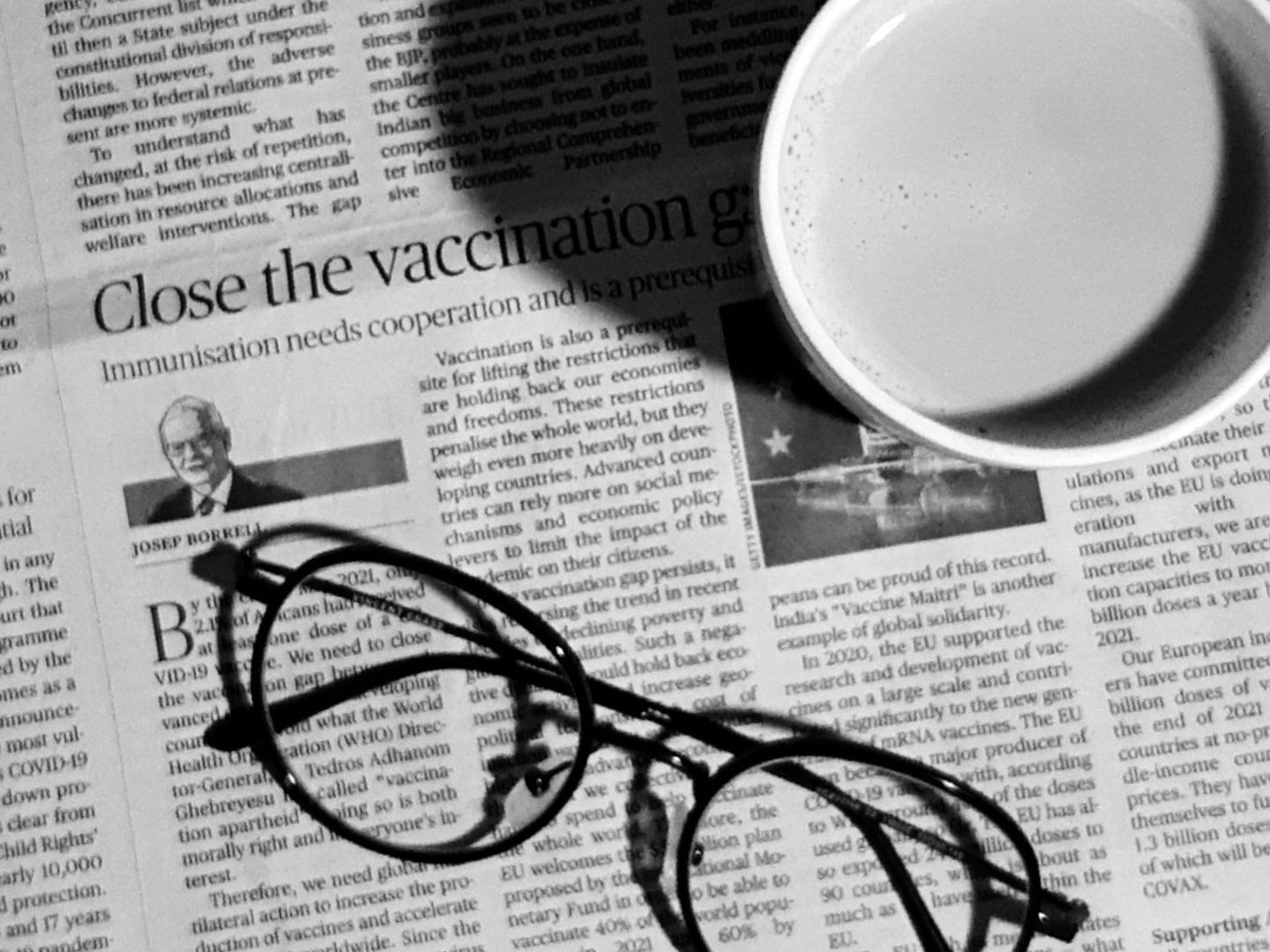Novavax, a prominent player in the biotech industry, has become a glaring example of the sector's stumbling in 2023. Once celebrated for its Nuvaxovid COVID-19 vaccine, the Maryland-based company now faces financial difficulties, mirroring the larger issues that continue to plague the pharmaceutical industry this year.
A Rollercoaster Stock Trajectory
Novavax's stock journey tells a story of ups and downs. After reaching a peak of nearly $320 per share in February 2021, the company's stock now languishes below pre-pandemic levels. This drastic fall from grace highlights the inherent volatility of the biotech sector. Despite having approximately $1.3 billion in cash on its balance sheet, Novavax suffered a net loss of $1.7 billion in 2021 and an additional $658 million lost last year.
A Wider Picture of Struggle
Novavax is not an isolated case; other players in the biotech industry are also feeling the pinch. Wall Street grows increasingly concerned about the diminishing lift from vaccine sales, impacting pharmaceutical giants like Pfizer, BioNTech, and Moderna. So far in 2023, these companies have all experienced significant declines. These trends underscore the transient nature of gains driven by the pandemic and emphasize the urgent need for sustainable innovation and diversification.
A Sugar Crash for Biotech
The challenges faced by Novavax and others reflect a broader trend within the biotech sector. Companies are grappling with a "sugar crash" as they navigate a post-pandemic reality characterized by normalized revenues and heightened scrutiny. The industry, once fueled by the demand for COVID-19 vaccines and treatments, now faces a sobering leveling out.
As we continue into 2023, it is clear that the biotech sector must adapt and find new avenues of growth to overcome these challenges. Long-term success will rely on sustained innovation and the ability to weather the inevitable ups and downs of this ever-evolving field.
The Changing Landscape of the Biotech Sector
The biotech industry is undergoing a significant transformation, marked by a shift in fortunes and a growing sense of uncertainty. Not only has revenue normalization and disillusionment with vaccine effectiveness played a role, but the sector is also on the verge of a steep patent cliff. By 2023, five major product patents will expire, posing a challenge for the industry. Furthermore, over the next decade, more than 20 products, valued at nearly $200 billion in annual sales, will lose their patent protection, further complicating the industry's trajectory.
Alongside these challenges, regulatory pressures are mounting. Recent activity by the Federal Trade Commission (FTC) and the implementation of the U.S. Inflation Reduction Act (IRA) have raised concerns about the potential impact on innovation, pricing, and reimbursement. The biotech industry now faces a more stringent regulatory landscape. Although FDA approvals experienced a drop in 2022, they have since returned to pre-pandemic levels in the first quarter of 2023.
In addition to these hurdles, financing within the biotech sector has taken a hit. All forms of biotech financing have experienced a significant decrease since 2022. Ernst & Young reports that the biotech IPO market is down 93% compared to 2021, and approximately 29% of publicly traded biotech companies in the U.S. and Europe have less than one year of cash on hand. This constrained financing environment serves as a stark reminder for companies like Novavax, which, despite having cash on its balance sheet, continue to face financial challenges.
The biotech industry is at a critical juncture, navigating through patent expirations, regulatory pressures, and financing constraints. As uncertainties loom large, it is crucial for companies to adapt and innovate in order to thrive in this evolving landscape.
The Challenge of Layoffs in the Pharmaceutical Industry
In the face of challenging economic conditions, layoffs have become increasingly common in the struggling pharmaceutical industry. These workforce reductions are an essential part of a larger effort to navigate economic headwinds and pave the way for sustainable growth. A recent report by BDO highlights the industry's trend towards operational streamlining and cost mitigation.
Pharmaceutical companies find themselves at a critical juncture, contending with numerous challenges such as inflationary pressures and regulatory scrutiny. The key to their success lies in their ability to adapt, embrace technological advancements, and navigate the complexities of drug pricing and mergers and acquisitions.
The current predicament of the industry also raises questions about the sustainability of the gains made during the pandemic. While these gains were achieved during a period of darkness and uncertainty, it is unrealistic to expect the same levels of revenue to continue in a post-pandemic environment. Consequently, it is expected that companies will engage in some degree of capital shedding as they streamline their operations and restructure into sustainable businesses.
However, companies that effectively navigate this transition stand to reap significant benefits. Governments worldwide are gearing up for more aggressive and comprehensive pharmaceutical responses to potential future pandemics. This positions pharmaceutical companies that successfully adapt as prime beneficiaries of these governmental initiatives.
Additional Resources
- Also read: 12 stock picks from our healthcare roundtable pros. Weight loss isn't the only big deal in medicine.
- More: Pfizer says Wall Street was right on Covid market
Related Articles

Tim Scott's Economic Plan
Senator Tim Scott is proposing an economic plan focused on tax cuts to stimulate the economy and create jobs. His plan includes cutting spending, relocating age...

Keysight Technologies Facing Challenges in Q3
Shares of Keysight Technologies decline as company faces challenges in Electronic Industrial Solutions Group and Asian region. Demand for wafer-test solutions s...

Investigation Underway for Fatal Crash Involving Tesla in Virginia
The National Highway Traffic Safety Administration is examining a fatal Tesla crash in Virginia, adding to the 35 accidents involving Tesla vehicles under inves...

